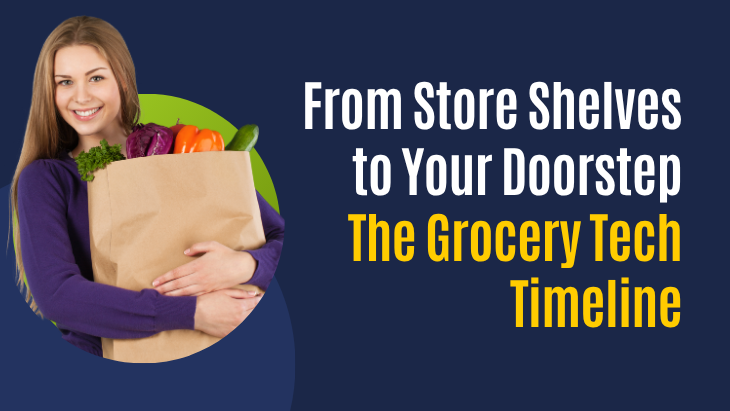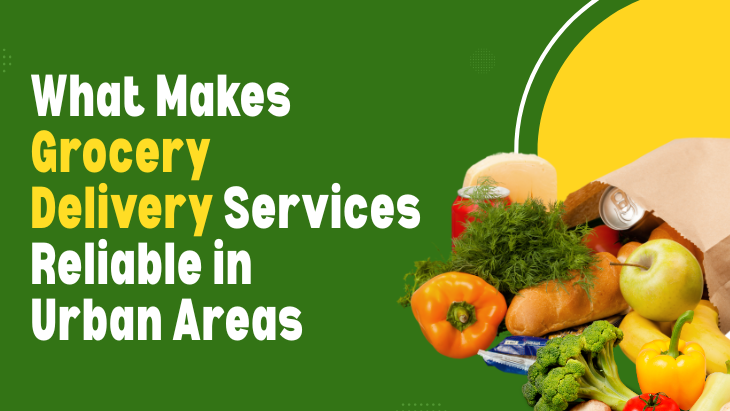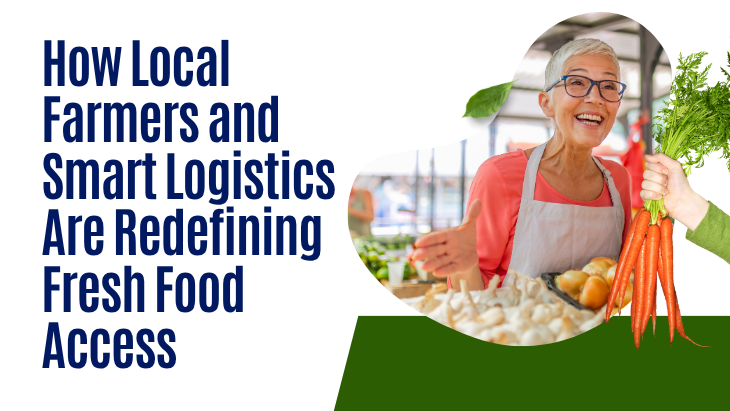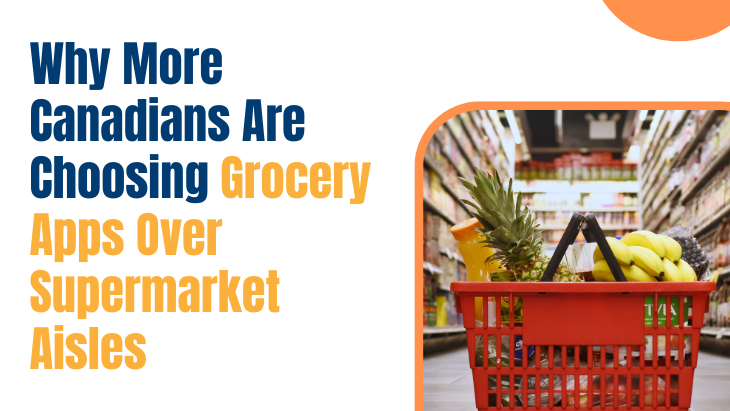Prior to the digital revolution and the new era of online shopping, Canadians depended only on bricks-and-mortar grocery stores. From neighborhood markets to large supermarkets, consumers navigated aisles, checked prices, and loaded carts. Grocery Delivery Services In Canada Though convenient in its day, conventional grocery shopping presented its challenges weather conditions, long lines at checkout, and the vagaries of busy schedules. The demand for a more efficient solution was gradually born, especially in urban areas where time is usually of the essence.
The Emergence of Online Grocery Websites
With the rise of the internet during the early 2000s, the concept of online buying began to make its mark on the grocery sector. Large chain stores such as Loblaws and Sobeys tested out initial digital platforms, allowing consumers to buy rudimentary groceries through the Internet for pickup or neighborhood delivery. While primitive by today's technology, these initial services were the first steps toward a future of online grocery shopping. Consumers were gradually getting accustomed to the idea of convenience at their fingertips. Urban consumers in the Canadian marketplace were the first to adopt this technology, setting the stage for wider acceptance.
Technological Developments and Mobile Integration
The accelerated evolution of smartphones and mobile applications between 2010 transformed grocery shopping yet again. Canadian grocery delivery services started witnessing a substantial increase as mobile integration enabled customers to shop, browse, and arrange for deliveries more conveniently than ever. Apps such as Instacart aligned with top Canadian retailers, including Walmart Canada and Real Canadian Superstore, enabling customers to select products, monitor the orders in real time, and have products delivered to their doorsteps in hours. This technological jump also brought with it personalized shopping experiences, AI-driven suggestions, and voice ordering, making grocery shopping easier than ever.
The COVID-19 Pandemic and its Effect on Grocery Delivery in Canada
The COVID-19 pandemic was a catalyst for Canadian grocery delivery services. When lockdowns became the order of the day and social distancing rules were enforced, millions of Canadians increasingly relied on online channels for their grocery supplies. Stores hurried to refresh their online infrastructures to accommodate booming demand. What had once been a specialty service became a standard for households nationwide. Many Canadians, who had been skeptical about ordering groceries online initially, found convenience in it and have remained loyal to these services even after the ban was lifted. This time also witnessed the entry of more startups into the market, providing hyperlocal, organic, and same-day delivery services based on varied consumer needs.
Sustainability and the Future of Grocery Delivery
With grocery delivery gaining popularity in Canada, sustainability has come into the limelight. Environmentally friendly consumers are driving companies to cut down on packaging waste and carbon emissions. In response, a number of Canadian grocery delivery companies have embraced green initiatives like reusable tote bags, electric delivery trucks, and locally grown produce. These innovations not only appeal to customer values but also enable companies to establish long-term loyalty in a competitive marketplace. The infusion of green technology and circular delivery models will be the next major turn in the grocery tech timeline.
The Role of Data Analytics and Artificial Intelligence
In the background, data analytics and artificial intelligence are driving the grocery delivery revolution. Businesses now apply predictive algorithms to optimize routes for delivery, regulate stock, and customize product suggestions according to individual purchasing behavior. Such improvements improve customer satisfaction and operational effectiveness. In Canada, where geographical diversity poses logistical hurdles, AI enables companies to offer timely and correct services even in remote areas. With advancing technology, anticipate even more personalization in grocery delivery services, such as automated replenishment systems and smart kitchen integrations.
Challenges Experienced by Grocery Delivery Services in Canada
Even with their expansion, Canadian grocery delivery services still encounter several challenges. Logistical issues, particularly in remote and rural locations, are still a concern. The country's vast landscape and climatic seasonality can affect delivery time and the availability of products. Perceptions regarding the freshness of products, substitution of products, and exorbitant delivery charges still hold others back. Firms need to balance operational effectiveness and customer satisfaction while tackling these long-standing issues using innovation and openness.
The Competitive Landscape and Consumer Choice
Today, Canadian consumers benefit from a rich landscape of grocery delivery options. From national chains like Metro and Sobeys to tech-driven startups like Voila by Sobeys and Cornershop, the market is more dynamic than ever. Each platform offers unique features such as contactless delivery, loyalty programs, and exclusive discounts. Consequently, buyers have greater convenience, improved prices, and an expanded product range—all at their doorstep.
The Cultural Shift in Grocery Shopping
What started as a convenience has become a cultural paradigm shift in the way Canadians shop for groceries. The weekly outing to the grocery store for many has been replaced with timed deliveries and robotized lists. This shift mirrors wider changes in consumer habits, with consumers valuing time, convenience, and internet connectivity. Grocery delivery companies in Canada have taken heed of these trends by introducing tailored meal kits, subscription boxes, and even artificial intelligence-backed diet planning solutions. The focus has shifted away from the simple delivery of groceries to improving the customer experience as a whole.
Conclusion
The path from store shelves to your door is one of innovation, perseverance, and consumer-driven evolution. Canadian grocery delivery services have evolved from a novelty to a requisite, changing the way that people think about food, time, and convenience. As technology changes, so will the expectations of Canadian consumers. Instant-Genie For companies in this category, being at the forefront requires embracing sustainability, personalization, and technological flexibility. For consumers, the payoff is clear: a smarter, faster, and more enjoyable shopping experience.







Post Comments